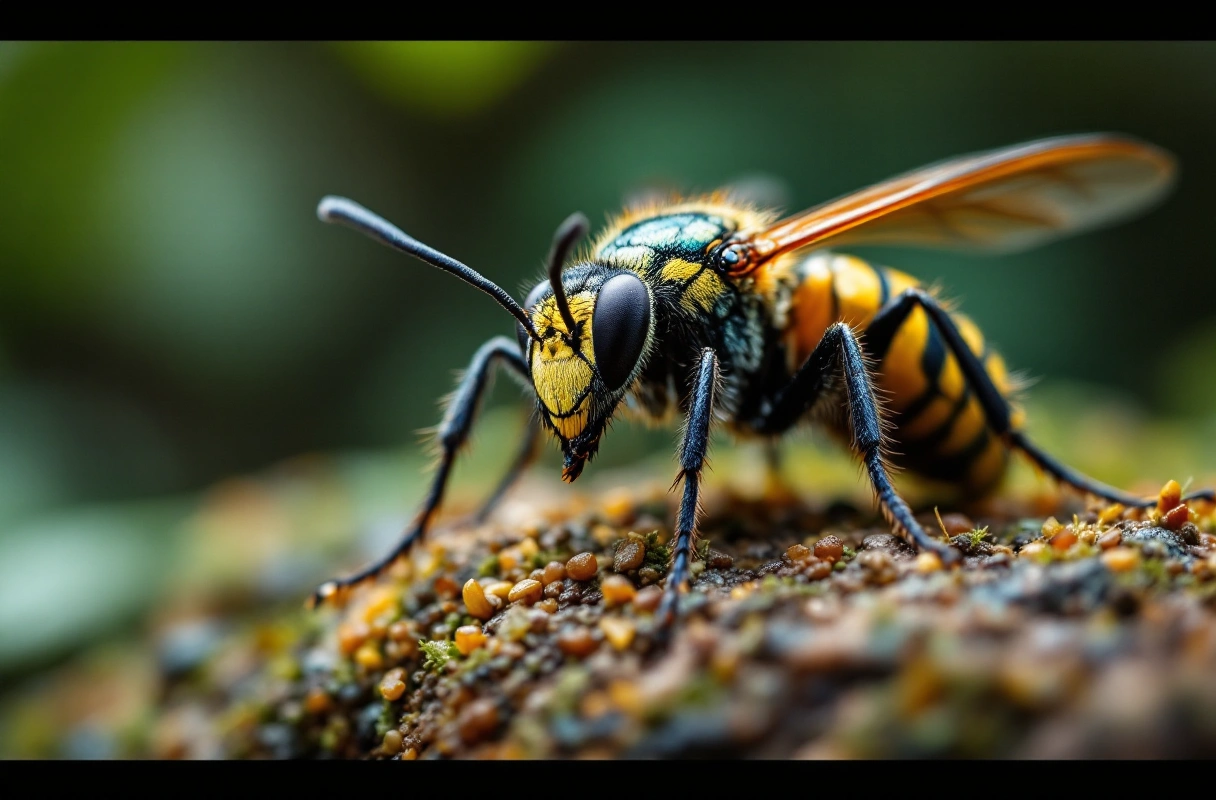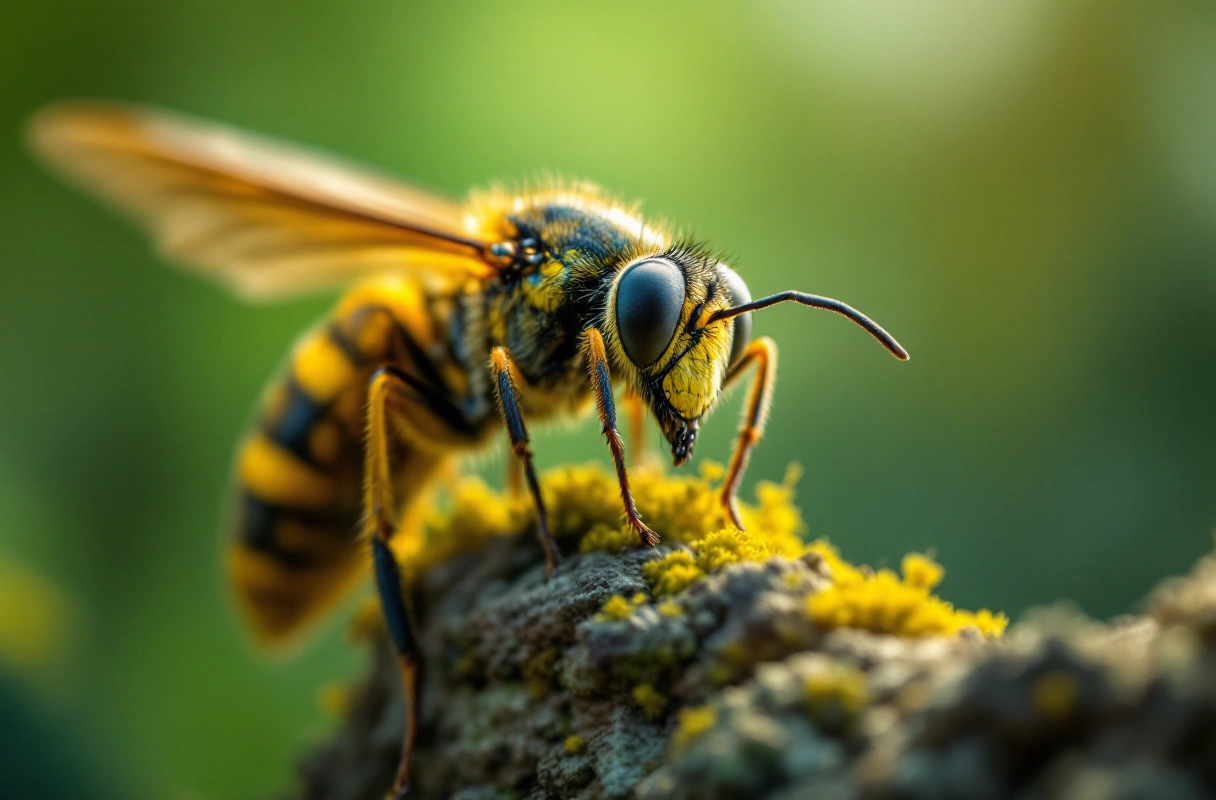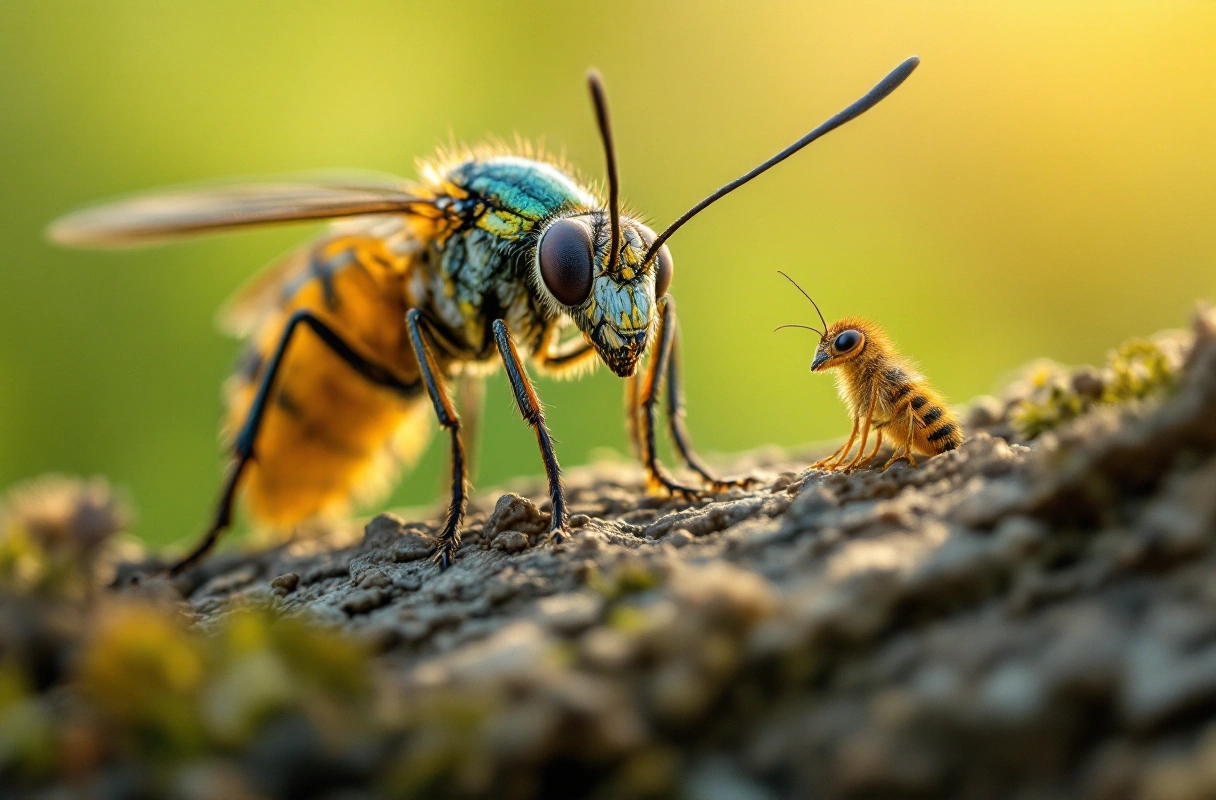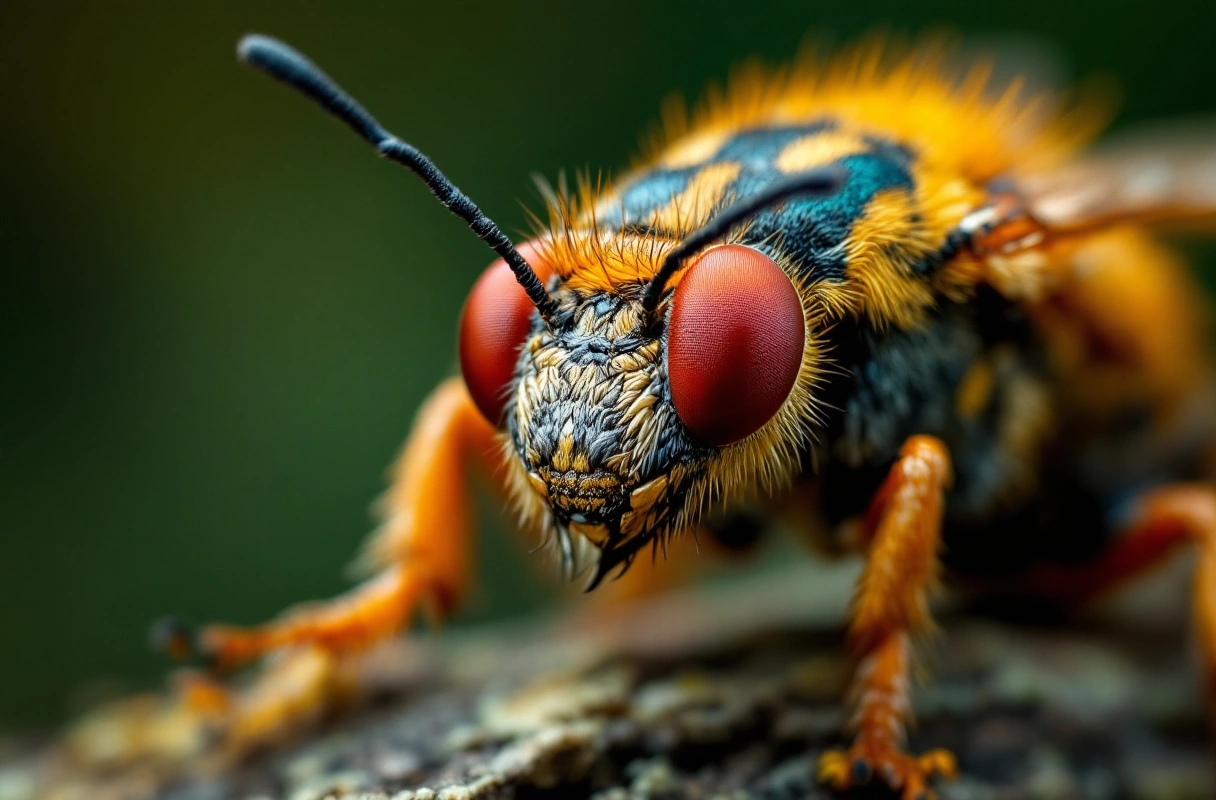
Insects are the most diverse group of organisms on our planet, with over one million described species and estimates suggesting that there could be as many as ten million in total. This staggering diversity makes insects a crucial subject of study for anyone interested in biodiversity, ecology, and environmental science. Understanding insects not only enhances our appreciation for nature but also plays a vital role in ecological balance, agriculture, and even medicine. In this guide, we will explore how to identify various insect species and delve into the fascinating world of insect biodiversity.

Insect biodiversity is essential for maintaining ecosystem health and functionality. Insects contribute to various ecosystem services, including pollination, decomposition, and nutrient cycling. Without these tiny creatures, many plants would fail to reproduce, leading to a decline in food sources for other organisms, including humans.
Furthermore, insects are indicators of environmental health. A rich diversity of insect species often signals a balanced ecosystem, while a decline in insect populations can indicate environmental stressors such as pollution, habitat loss, or climate change. Understanding the importance of insect biodiversity can inspire conservation efforts and foster a greater appreciation for our natural world.

Identifying insect species can be an enjoyable and educational activity for both beginners and seasoned nature enthusiasts. Here are essential steps to help you get started with insect identification.
Before venturing into the field, it's important to equip yourself with the right tools. Here are some essential items for insect identification:
Understanding where and how insects live can significantly aid in their identification. Pay attention to the following factors:
In the digital age, numerous resources are available to assist with insect identification. Here are a few recommended tools:

Insects exhibit incredible diversity in form, function, and behavior. Here are ten fascinating insect species that showcase this diversity:
The Monarch butterfly is renowned for its remarkable migration journey, traveling thousands of miles from North America to central Mexico. This species is easily identifiable by its orange and black wings.
Goliath beetles are among the largest insects in the world, with some species weighing over 3.5 ounces. Native to Africa, they are recognized for their striking coloration and impressive size.
The Atlas moth holds the title for the largest wingspan of any moth, reaching up to 12 inches. Found in Southeast Asia, their beautiful patterns mimic the appearance of snake heads to deter predators.
Known for its unique defense mechanism, the bombardier beetle can eject a hot, toxic chemical spray from its abdomen when threatened. This remarkable adaptation helps deter predators.
Originally from Asia, the Spotted Lanternfly has become an invasive species in the United States. Its vibrant coloration and distinctive spotted wings make it a striking yet concerning species.
Fireflies are famous for their bioluminescent abilities, creating a magical glow during summer nights. Their flashing lights are part of their mating rituals and can vary between species.
Ladybugs are beloved garden insects known for their bright red or orange bodies with black spots. They are beneficial predators, feeding on aphids and other pests.
Dragonflies are agile fliers and skilled hunters, often seen near water bodies. Their iridescent wings and large eyes make them one of the most captivating insects to observe.
The praying mantis is recognized for its unique posture, which resembles prayer. These predatory insects are known for their ability to rotate their heads and their impressive hunting skills.
Cicadas are known for their loud mating calls, which can be heard in the summer months. Their life cycle, which can involve years of underground development, is a fascinating aspect of their biology.
Despite their abundance and importance, many misconceptions surround insects. Addressing these misconceptions can enhance our understanding and appreciation of these remarkable creatures.
While some insects can be harmful, many are beneficial and play crucial roles in ecosystems. For example, bees and butterflies are vital pollinators, while certain beetles and wasps help control pest populations. Understanding the ecological roles of insects can shift perceptions and foster appreciation for their contributions.
Many people view insects as dirty or dangerous, leading to unnecessary fear. In reality, most insects are harmless and play essential roles in maintaining ecological balance. Educating ourselves about beneficial insects can help dispel these myths and encourage coexistence.
Insects are far from useless; they contribute to various ecosystem services that support human life. From pollination to decomposition, insects play vital roles that sustain agriculture and natural ecosystems. Recognizing their importance can inspire conservation efforts.
Insects face numerous threats, including habitat loss, pollution, and climate change. As individuals, we can take steps to protect insect biodiversity and promote a healthy ecosystem. Here are some actionable steps to consider:
Planting native flowers and avoiding pesticides can create a welcoming habitat for pollinators like bees and butterflies. Here’s how to get started:
Engaging with local conservation organizations can amplify efforts to protect insect habitats. Consider the following:
Sharing knowledge about insects can inspire others to appreciate and protect them. Here are ways to spread awareness:
Insects are an incredible gateway to understanding biodiversity and ecological balance. By exploring the intricate relationships that insects maintain within ecosystems, we can appreciate their value and the need for conservation. The Banana Slug Club is dedicated to fostering a love for nature and education among students, nature enthusiasts, and kids excited about the world around them.
Whether you're looking to learn more about insects or engage in hands-on activities, the Banana Slug Club offers resources and programs designed to enhance your understanding of the natural world. Visit our website to discover more about our initiatives and how you can get involved in protecting insect biodiversity and promoting environmental stewardship. Together, we can cultivate a deeper appreciation for the wonders of nature and the vital roles that insects play in our ecosystems.
Get free resources, early access to new features and updates.
No spam. Just fun educational emails!